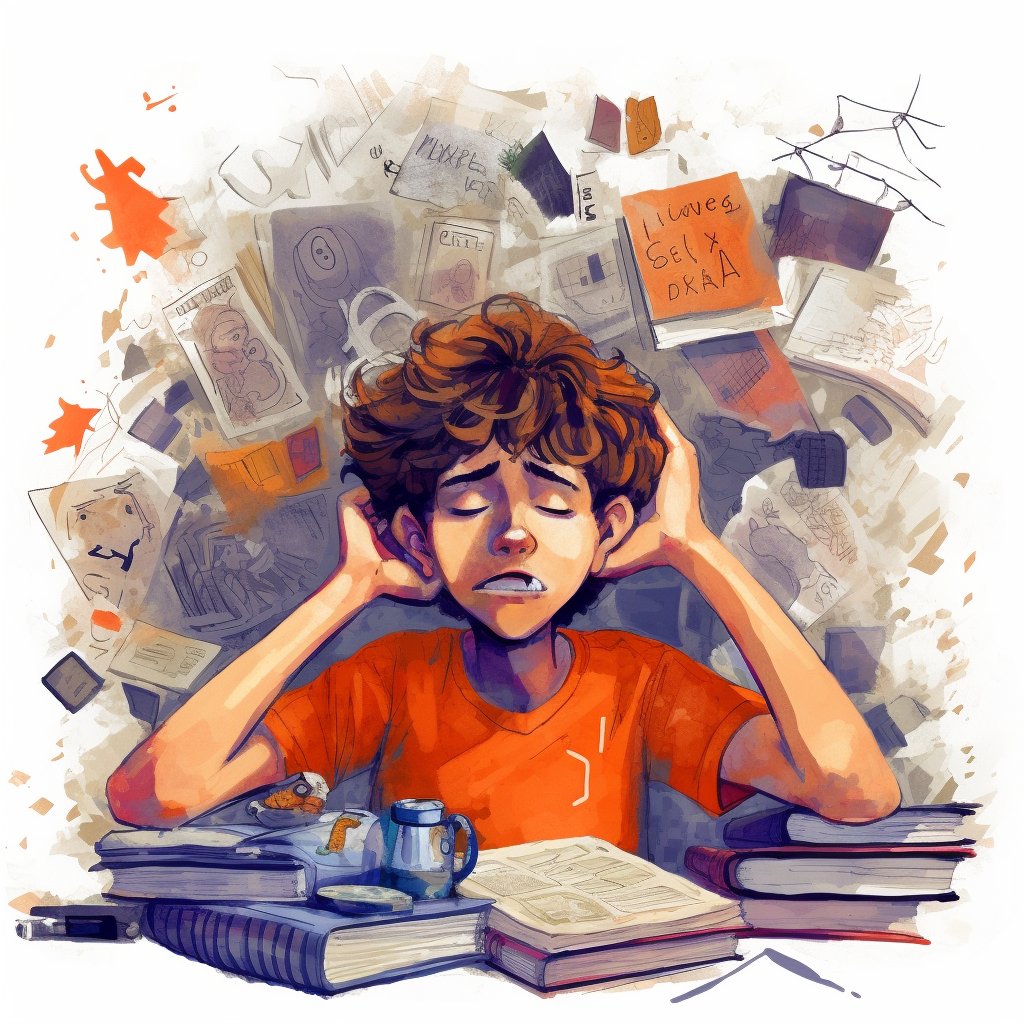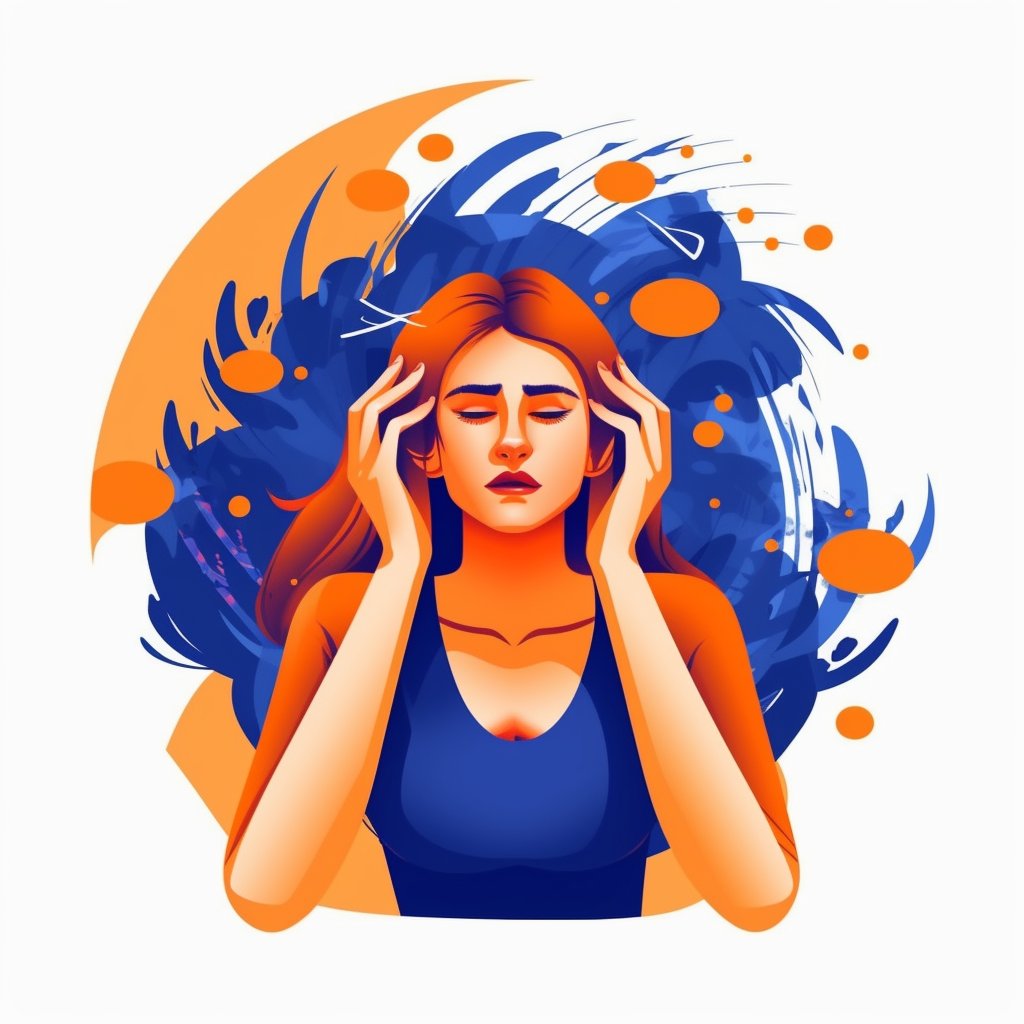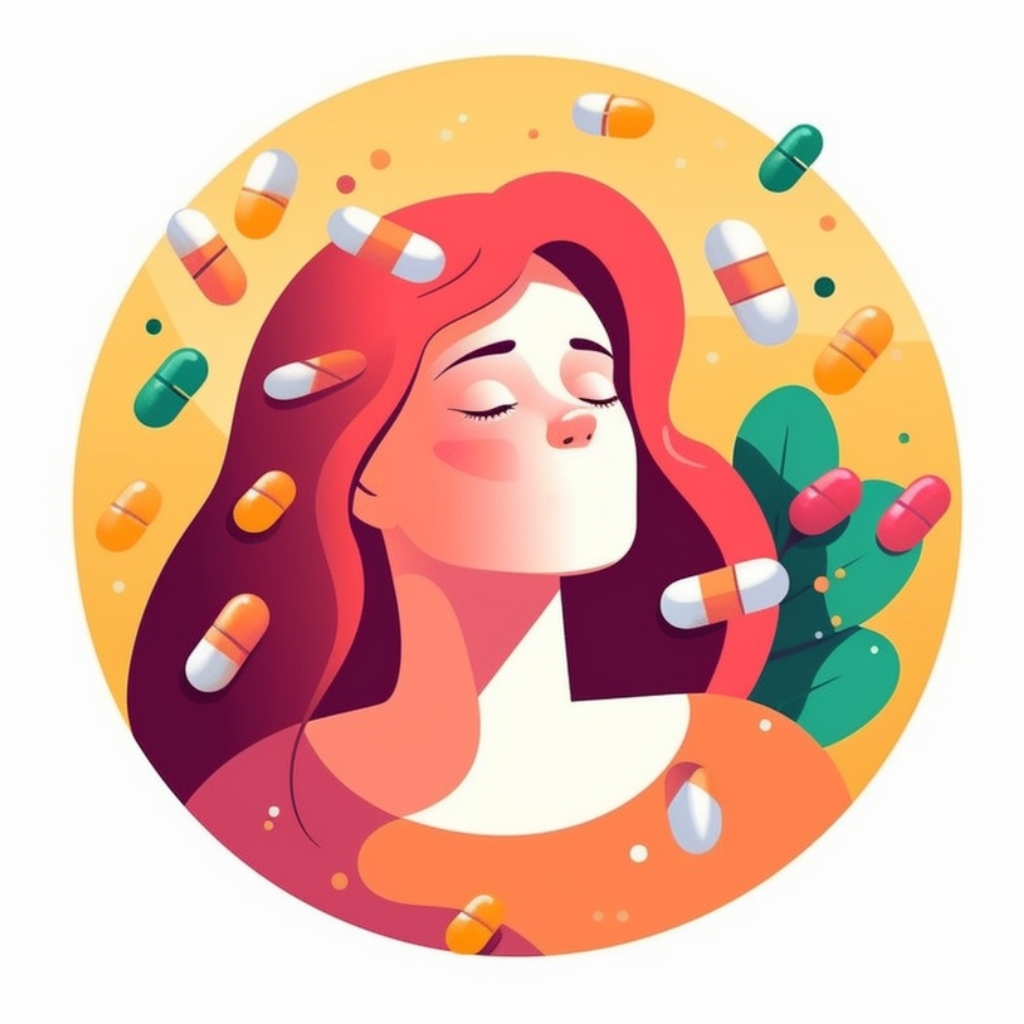Breaking Down the Most Common Mental Health Issues in Youth

Mental health refers to a person’s overall emotional, psychological, and social well-being. It affects how we think, feel, and behave and is crucial to our ability to cope with the challenges of daily life. Unfortunately, mental health issues are common, particularly among young people. According to the World Health Organization (WHO), half of all mental illnesses begin by age 14, and three-quarters have started by age 24. Therefore, discussing common mental health issues in youth is essential to promote awareness and understanding of these conditions.
The most common mental health disorders in youth include:
- Anxiety disorders
- Mood disorders
- Attention-deficit/hyperactivity disorder (ADHD)
- Substance use disorders
- Eating disorders
These conditions can have a significant impact on a young person’s daily life, academic performance, and social interactions. In the following sections, we will provide a brief overview of each of these common mental health disorders in youth
Anxiety Disorders
Anxiety disorders are one of the most common mental health issues in youth, affecting approximately 1 in 3 teenagers. These disorders involve intense and persistent feelings of fear, worry, and nervousness, which can interfere with daily activities and social interactions.

Symptoms of Anxiety Disorders
Symptoms of anxiety disorders can include:
- Excessive worry
- Restlessness
- Irritability
- Difficulty concentrating
- Physical symptoms such as rapid heartbeat, sweating, and trembling
Types of Anxiety Disorders
According to the Anxiety Disorders Association of America, Common types of anxiety disorders in youth include generalized anxiety disorder, social anxiety disorder, separation anxiety disorder, and specific phobias.
Statistics on Anxiety Disorders
According to WHO, Statistics on anxiety disorders in youth show that they are a prevalent mental health issue, with an estimated 31.9% of adolescents experiencing an anxiety disorder at some point in their lifetime. Furthermore, anxiety disorders are often comorbid with other mental health issues, such as depression.
Treatment Options for Anxiety Disorders
Treatment options for anxiety disorders may include cognitive-behavioral therapy, medication, or a combination of both. Cognitive-behavioral therapy can help individuals to manage their anxiety by identifying and changing negative thought patterns and behaviors. Medication, such as selective serotonin reuptake inhibitors (SSRIs), may also be prescribed to alleviate symptoms of anxiety.
ADHD
Attention-Deficit/Hyperactivity Disorder (ADHD) is one of the most common mental health issues in young adults, characterized by difficulty with attention, hyperactivity, and impulsivity. It can significantly impact a young person’s ability to function in school, work, and social situations.

Symptoms of ADHD
Symptoms of ADHD can include:
- Difficulty with attention
- Hyperactivity, impulsivity
- Forgetfulness
- Disorganization
- Poor time management
Symptoms must be present for at least six months and interfere with daily functioning to be diagnosed with ADHD.
Statistics on ADHD
Statistics on ADHD in youth indicate that it is a prevalent mental health issue, with an estimated 9.4% of children aged 2-17 diagnosed with ADHD. Boys are more commonly diagnosed than girls, with a ratio of about 2:1 (Centers for Disease Control and Prevention. 2020).
Treatment Options for ADHD
Behavioral therapy, medication, or a combination of the two may be used to treat ADHD. Stimulant medications such as Ritalin and Adderall are commonly prescribed to alleviate symptoms of ADHD. Behavioral therapy, such as cognitive-behavioral therapy, can help young people with ADHD to manage their symptoms and improve their overall functioning (National Institute of Mental Health. 2020).

Mood Disorders
Mood disorders are another common mental health issue in youth, characterized by significant changes in a person’s emotional state. These changes can include persistent sadness, hopelessness, irritability, and decreased interest in activities once enjoyed.
Symptoms of Mood Disorders
Symptoms of mood disorders can include:
- Low mood
- Lack of energy
- Changes in appetite or sleep patterns
- Difficulty concentrating
- Thoughts of self-harm or suicide
Types of Mood Disorders
Common mood disorders in youth include major depressive disorder and bipolar disorder.
Statistics on Mood Disorders
Statistics on mood disorders in youth indicate that they are a widespread mental health issue, with an estimated 14.3% of adolescents experiencing a major depressive episode in the past year. Additionally, approximately 2.9% of adolescents have bipolar disorder (National Institute of Mental Health. 2020).
Treatment Options for Mood Disorders
Psychotherapy, medicine, or both are possible treatment modalities for mood disorders. Cognitive-behavioral therapy and interpersonal therapy can help individuals with mood disorders to manage their symptoms and improve their overall mental health. According to the National Institute of Mental Health, Medications such as antidepressants and mood stabilizers may also be prescribed to alleviate symptoms.
Eating Disorders
Eating disorders are serious mental health conditions that affect a person’s eating habits and behavior. They can have severe physical and emotional consequences if left untreated.

Symptoms of Eating Disorders
Symptoms of eating disorders can vary depending on the type of disorder, but common symptoms include obsessive thoughts about food, distorted body image, and severe weight loss or gain.
Types of Eating Disorders
The most common types of eating disorders in youth are anorexia nervosa, bulimia nervosa, and binge-eating disorder. These disorders often develop during adolescence or young adulthood and are more common in females than males.
Statistics on Eating Disorders
Statistics on eating disorders in youth indicate that they are one of the common mental health issues in youth and can have serious consequences. According to the National Eating Disorders Association, 1 in 3 young adults has engaged in disordered eating behaviors, and eating disorders have the highest mortality rate of any mental illness.
Treatment Options for Eating Disorders
Treatment options for eating disorders usually involve a combination of therapy, medication, and nutritional counseling. Cognitive-behavioral therapy and family-based therapy are two common approaches to treating eating disorders. Antidepressant medications may also be prescribed to treat underlying depression or anxiety (American Psychiatric Association. 2013).

Substance Use Disorders
Substance use disorders refer to the problematic use of substances such as alcohol, marijuana, and opioids. It is a significant mental health issue in young adults and can have long-lasting effects on their physical and mental health.
Statistics on Substance Use Disorders
Statistics on substance use disorders in youth indicate that it is a prevalent mental health issue. According to the National Institute on Drug Abuse, in 2022, about 1 in 10 high school seniors reported using prescription drugs for non-medical purposes, and 14.8% of high school seniors reported using marijuana in the past month.
Common substances used by youth include alcohol, marijuana, nicotine, prescription drugs, and opioids. Substance use can have various effects on mental health, such as anxiety, depression, and increased risk of suicide.
Treatment Options for Substance Use Disorders
Medication, therapy, or both may be used to treat drug use problems. Behavioral therapies, such as cognitive-behavioral therapy and motivational interviewing, have shown effectiveness in helping young people to overcome substance use disorders. Medications such as methadone and buprenorphine can also be used to treat opioid addiction.
…to seek help and support if you or someone you know is struggling with a mental health issue. Early intervention and treatment can improve outcomes and reduce the risk of long-term physical and mental health consequences.
HealWiser’s Last Piece of Advice
Mental health issues are common in youth and can have significant consequences if left untreated. The most common mental health issues in youth include anxiety disorders, mood disorders, attention-deficit/hyperactivity disorder (ADHD), substance use disorders, and eating disorders.
There are resources available for young adults and parents who are seeking help and support. Local mental health clinics, school counselors, and community organizations are excellent sources of information and can provide referrals to mental health professionals.
In this article, we talked about common mental health issues in youth; raising awareness about the most common mental health issues in youth can help reduce stigma and encourage people to seek the help they need. It is vital to prioritize mental health and well-being, and with the right support, individuals can recover and lead fulfilling lives.
Share your experience with Healwiser and others in the comments section below this post.






